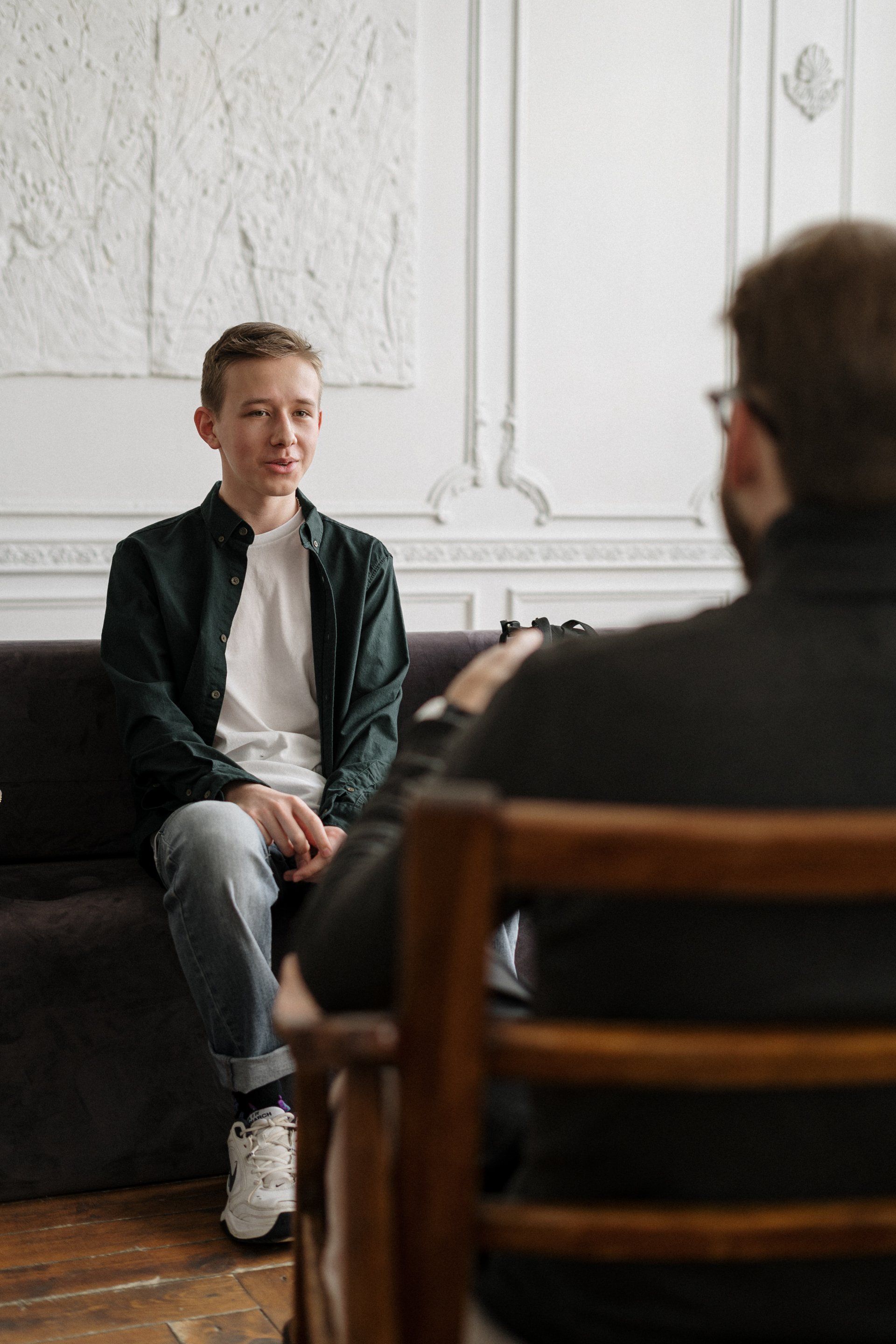Know The Signs of ADHD For Early Intervention

Short for Attention Deficit Hyperactivity Disorder, ADHD is a common neurodevelopmental disorder among children. It’s typically diagnosed during childhood and often lasts into adulthood. That said, ADHD is more common in boys than girls.
You may find that children or adults with ADHD often have trouble paying attention, controlling their impulsive behaviours, sitting still, or be overly active. Some may even have poor time management or display exaggerated emotions, while some may behave like a normal person.
The specific cause of ADHD remains unknown until today but scientists have found evidence suggesting that genetics can contribute to ADHD’s prevalence in children. Other factors include premature birth, brain injury, cigarette smoking, alcohol or drug use, exposure to environmental toxins, and extreme stress during pregnancy.
While there’s no official ADHD figure for Malaysian adults, a study suggests that about two to five per cent of adults suffer from ADHD. There may not be a cure for ADHD, but spotting it early along with proper treatment and education plan, can help your child or adult family member with ADHD to manage their symptoms.
Types of ADHD
As the name suggests, symptoms of ADHD involve attention and hyperactivity disorders. Depending on the diagnosis, the symptoms may vary according to the individual. That said, ADHD is diagnosed as one of the three types known to humankind – inattention, hyperactive/impulsive or combined.
1. Inattention
Any individual diagnosed with this type of ADHD may have trouble organising or finishing a task, paying attention to details, or following instructions or conversations. He or she may also get easily distracted or forget details about their daily routines.
2. Hyperactive/Impulsive
This type of ADHD is often diagnosed in children as they may have trouble sitting still for a long period (during mealtimes or while doing their homework). Meanwhile, younger children tend to be more hyperactive which may affect the people around them.
Additionally, individuals diagnosed with hyperactive/impulsive ADHD may feel restless and start to fidget and talk a lot. Also, he or she may have trouble with impulsivity, thus often interrupting others, taking things from people, or speaking at inappropriate times. In some cases, people with this type of ADHD are prone to injuries and accidents.
3. Combined
Any individual diagnosed with a combined-type ADHD may display a combination of all the symptoms mentioned earlier.
How do physicians diagnose ADHD?
Despite the various advances in the medical field, there's no scientific method to diagnosing ADHD. This leaves doctors and medical physicians alike to gather as much information as possible from parents, teachers, and others. It also involves fulfilling a set checklist and undergoing a medical evaluation to rule out other medical illnesses.
That said, healthcare providers will refer to the guidelines outlined in the Fifth Edition of the American Psychiatric Association’s Diagnostic and Statistical Manual (DSM-5), to help diagnose ADHD. This helps to ensure that the person gets the proper diagnostics for an effective treatment.
ADHD Treatment in Malaysia
There may be no cure for ADHD, but currently available medications and therapies can help minimise symptoms of the disorder and improve brain functioning. Additionally, a combination of the two may work on people with moderate to severe ADHD.
Medication
Getting a prescribed medication may help your children manage their ADHD symptoms and control their behaviour in their everyday life. This includes stimulants and non-stimulants that are approved by the Health Ministry. Like any other medication, you can expect your children to exhibit some side effects such as decreased appetite or sleeping problems.
Therapies
Giving your child the proper treatment can help to shape or change their behaviour for the better. This includes special education, behavioural therapy, counseling, and social skills training.
- Special education for children with ADHD is effective in managing their symptoms and improving their functioning at schools and with peers. By having a structure and routine, your child may learn to adapt according to the situation.
- Behavioural therapy aims to help change the behaviour of a person with ADHD. It may involve practical assistance such as organising a task or completing schoolwork or working through emotionally difficult events.
- Counseling can help a person with ADHD to understand their emotions while learning ways to manage them and at the same time, help improve their self-esteem. Also, counseling allows family members to better understand a person with ADHD.
- Social skills training teaches children basic social skills such as waiting for their turn, sharing of toys, asking for help, and responding to teases. It also includes reading facial expressions and responding appropriately when necessary.
If you suspect that your child or family member may have ADHD, get a proper diagnosis and ask for a suitable treatment to prevent the symptoms from worsening. Familial support may also help during the treatment as it encourages your child to overcome the challenges.
At Well Rehab, we provide several therapies which can be customised based on your child's needs. For more information about our therapies or services, you may contact us at +60 12 512 8487 or email wellrehabmanagement@gmail.com.




